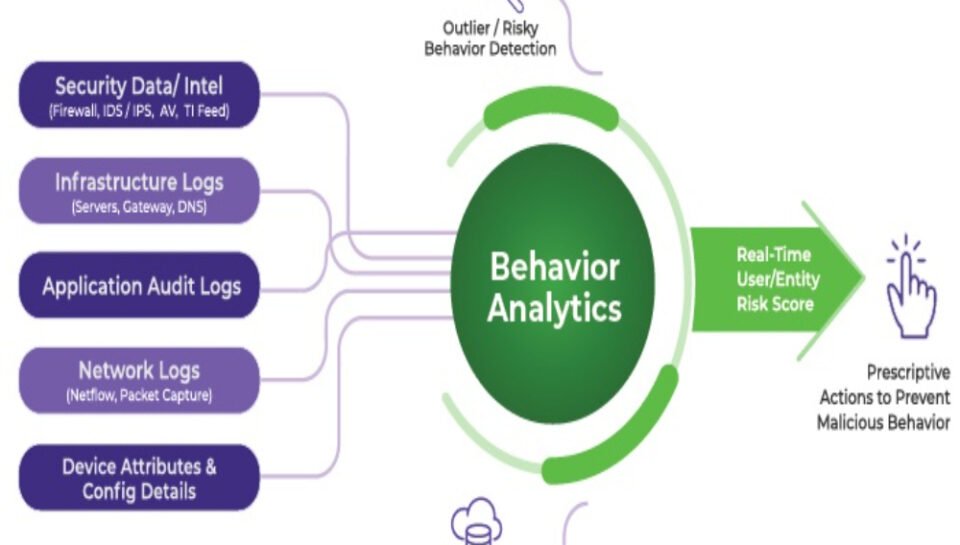
The Rise of Behavioral Analytics in Web Application Security
As conventional rule-based security systems reach their limitations, behavioral analytics is emerging as a powerful tool in web application security. Instead of relying solely on predefined signatures or static patterns, this approach focuses on understanding normal user behavior and identifying deviations that may indicate threats. By analyzing interaction patterns, navigation flows, and usage frequency, systems can build adaptive profiles that serve as a baseline for real-time detection. Behavioral analytics transforms security from reactive defense into continuous behavioral validation.
At the core of this approach is the aggregation and interpretation of telemetry data—keystrokes, mouse movements, login timing, and request sequences—that create a unique behavioral fingerprint. When anomalies such as unusual session duration, unexpected geographic access, or irregular API usage are detected, security systems can trigger contextual alerts or automated responses. Unlike static thresholds, these systems are designed to learn over time, refining their understanding of what is acceptable versus what could signal compromise. This dynamic approach improves accuracy while reducing false positives.
The integration of behavioral analytics into web application architectures requires supporting infrastructure such as real-time data streams, correlation engines, and secure storage for behavioral logs. These systems must be tightly coupled with access controls, session management, and identity layers to ensure cohesive enforcement. As a result, behavioral data is becoming a critical layer of risk scoring, adaptive authentication, and user behavior monitoring, offering a nuanced and intelligent means of enhancing security posture within modern web environments.





